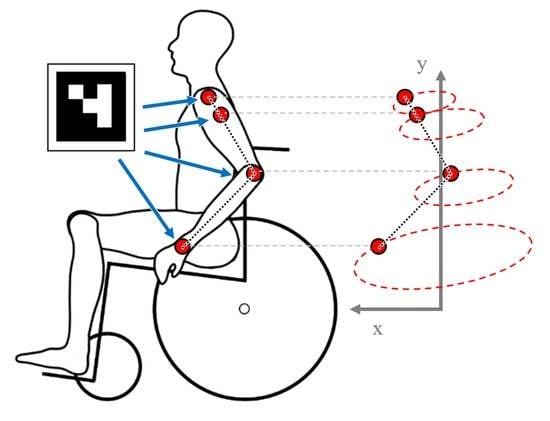Symmetry Analysis of Manual Wheelchair Propulsion Using Motion Capture Techniques
Abstract
Share and Cite
Kukla, M.; Maliga, W. Symmetry Analysis of Manual Wheelchair Propulsion Using Motion Capture Techniques. Symmetry 2022, 14, 1164. https://doi.org/10.3390/sym14061164
Kukla M, Maliga W. Symmetry Analysis of Manual Wheelchair Propulsion Using Motion Capture Techniques. Symmetry. 2022; 14(6):1164. https://doi.org/10.3390/sym14061164
Chicago/Turabian StyleKukla, Mateusz, and Wojciech Maliga. 2022. "Symmetry Analysis of Manual Wheelchair Propulsion Using Motion Capture Techniques" Symmetry 14, no. 6: 1164. https://doi.org/10.3390/sym14061164
APA StyleKukla, M., & Maliga, W. (2022). Symmetry Analysis of Manual Wheelchair Propulsion Using Motion Capture Techniques. Symmetry, 14(6), 1164. https://doi.org/10.3390/sym14061164







